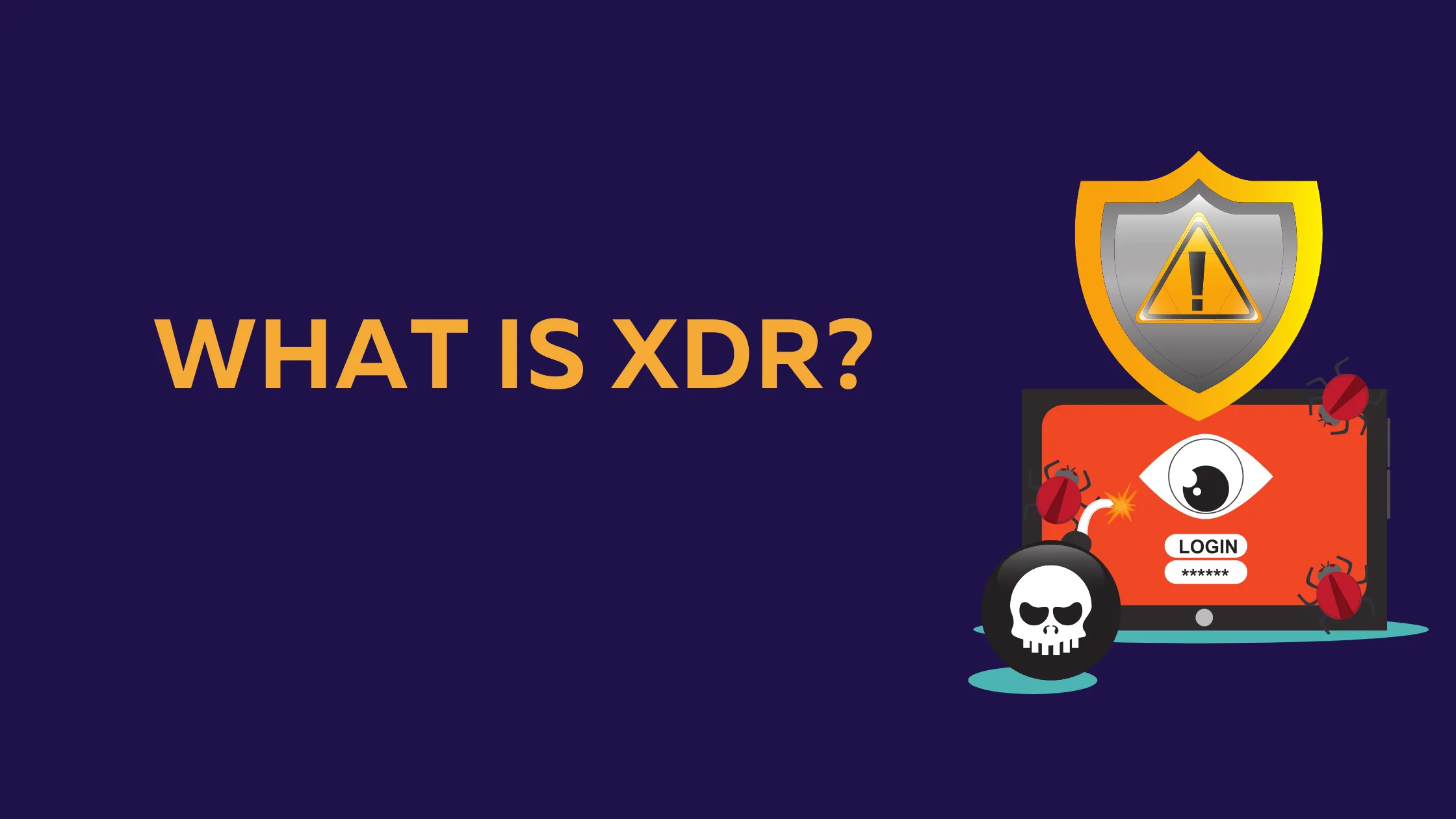
In this era of digital technology, where technology is evolving and growing exponentially, and everything is being digitized, cyber threats and threat actors are also evolving at an alarming pace. Almost every other day, we hear news of an organization getting attacked or breached, and new and stealthy exploits and malware are being released every day.
With the exponential increase in the number of cyber attacks and the terrifying evolution of the skillset of the threat actors, the conventional defense mechanisms fail, and the need for a solution that can match the pace of cybercriminals is in dire need.
This blog post shed light on a cyber defense solution named XDR and covers the important aspects such as what it is, how it helps in threat detection and responses, and much more.
eXtended Detection and Response (XDR) is a SaaS-based security monitoring, threat detection, and incident response tool that gathers, correlates, and delivers real-time information across the entire technology landscape, including endpoints, servers, emails, app, cloud, network, etc.
It essentially integrates multiple security products into a cohesive security ecosystem to deliver unified security-relevant endpoint detection with telemetry from security and business tools such as network analysis and visibility (NAV), email security, identity, and access management, cloud security, and much more.
In addition, the cloud-native platform, XDR, provides flexibility, scalability, and automation opportunities to the security teams by going beyond the traditional threat detection and response mechanism.
Threat actors have constantly been targeting businesses with diversified attack vectors. In contrast, enterprise security and cyber defenders are left with too many tools and data sets from many security solutions offered by various vendors. While each tool collects a different set of data, the security staff suffers from each tool ingestion and too many false positives and other responses.; the XDR rescues everyone.
XDR is an evolution of EDR, which previously focused on detecting threats on multiple endpoints; XDR optimizes threat detection, investigation, and response in real-time with a broader picture of threats across the entire infrastructure. It offers a unified yet improved contextualization and threat analytics across multiple tools and attack vectors to assist security analysts in triage, investigation, and rapid remediation efforts.
In essence, it goes beyond the traditional threat detection and response mechanism and integrates multiple security products into a cohesive security ecosystem. It involves machine learning and artificial intelligence with out-of-the-box integration and pre-tuned detection mechanisms across multiple products and platforms to help improve threat detection productivity and forensics.
XDR is an expansion of EDR. While both solutions have a lot of similarities, some differences set them apart. Below are a few of the worth mentioning differences between XDR and EDR:
EDR focuses on managed end-points, while XDR solutions take in a broader view and integrate the security of all end-points, emails, assets on the cloud, and security solutions from other vendors.
EDRs are un-capable of monitoring the logs generated from NTAs and only focus on end-points. On the other hand, XDR solutions not only integrate NTAs with other security solutions but also provide a unified dashboard that consists of a single-pane view of all the logs, thus simplifying the security operations of an organization.
As mentioned above, XDRs make use of machine learning and artificial intelligence to detect and respond to threats while providing a cooperative and single-pane view of the security logs generated by a number of security and monitoring tools; XDR solutions tend to improve security operations by enhancing threat detection and response capabilities.
XDRs take in events from multiple streams and a number of other monitoring and logging tools and analyze Threats, Tactics, Procedures (TTP), and other threat vectors to make complex security operations capabilities more accessible to the blue team.
A good XDR solution may be advantageous over a regular EDR solution by offering the following benefits:
XDRs are packed with threat intelligence and adaptive machine learning, which can help ensure that they are able to offer protection against a variety of attacks. In contrast, simultaneously continuous monitoring along with automated response can help block and contain a threat as soon as it is detected to prevent damage.
Provides a complete detail of user data at an endpoint combined with network and application communications. This includes logging and information on access controls, permissions assigned, applications in use, and files accessed.
With transparency and full visibility across the system, including on-premises, and in the cloud, organizations can promptly detect and respond to attacks.
Robust data collection and analysis allows an organization to trace an attack path and reconstruct an attacker’s actions on objectives. This provides valuable information that an organization can apply to strengthen its posture of cyber defenses.
XDRs are capable of both blocklisting and allowing traffic and processes. This ensures that only authorized actions and users can enter and access a system, files, or other network resources.
Since XDR is a unified platform, it is easier to maintain and manage and reduces the number of interfaces that the blue team must access during a response. This, in turn, offers improved alerting accuracy and fewer false positives.
Increased alerting accuracy and fewer false positives make the Security Operations Centre of an organization deal with a threat and respond to an attack with a whole new efficiency level.